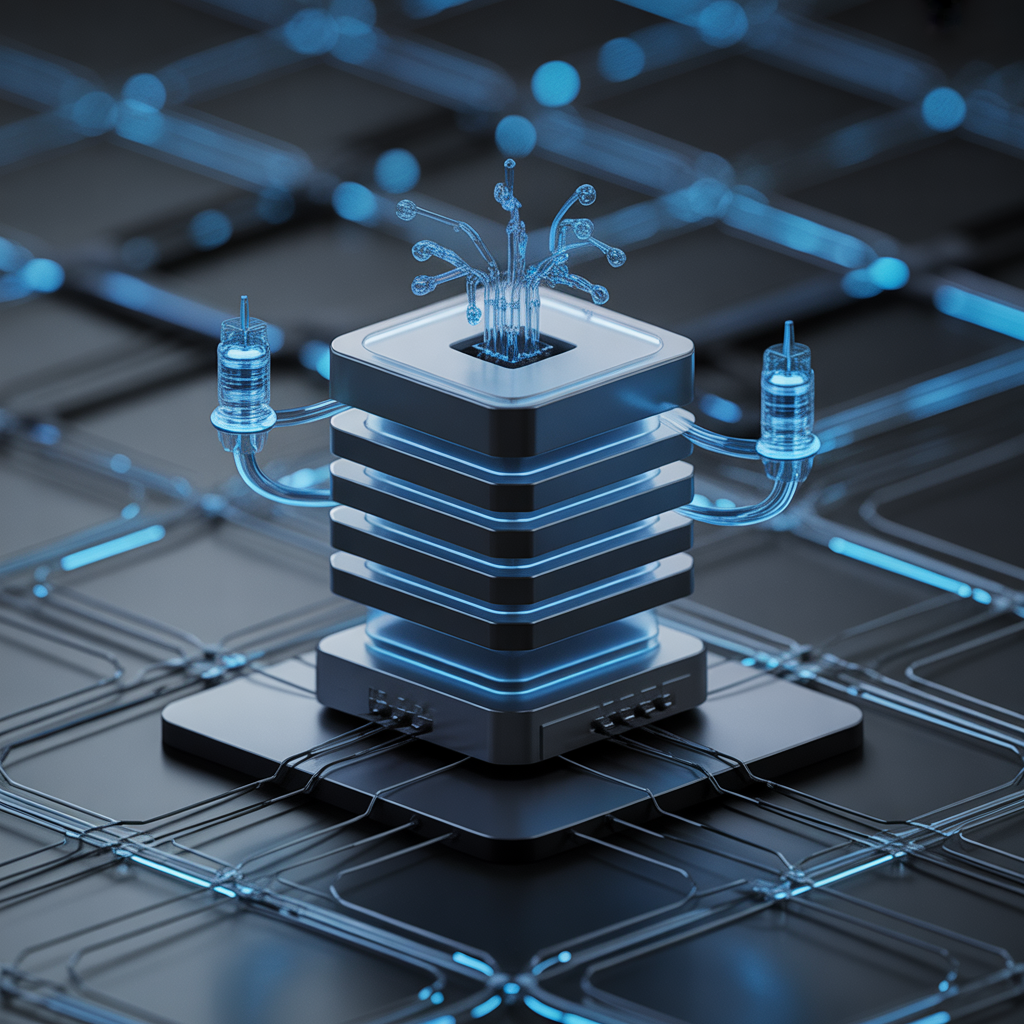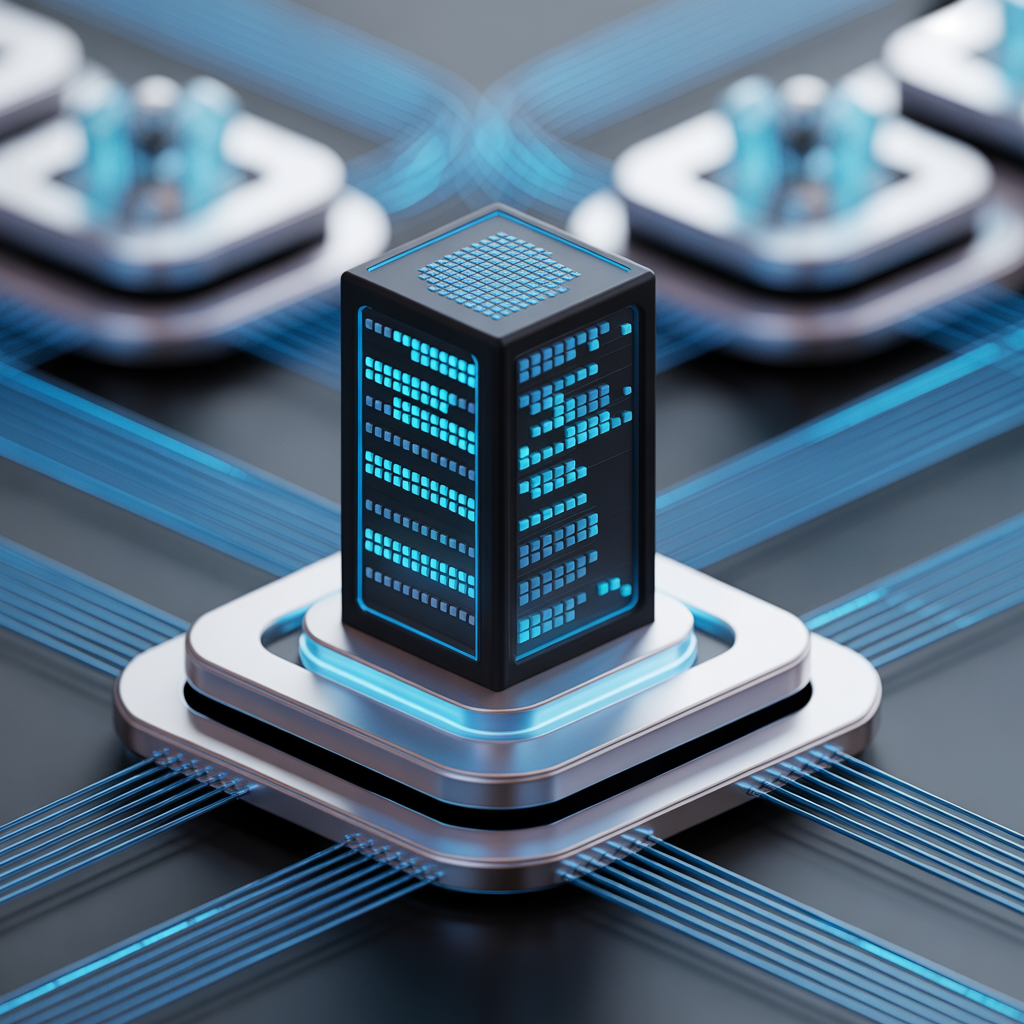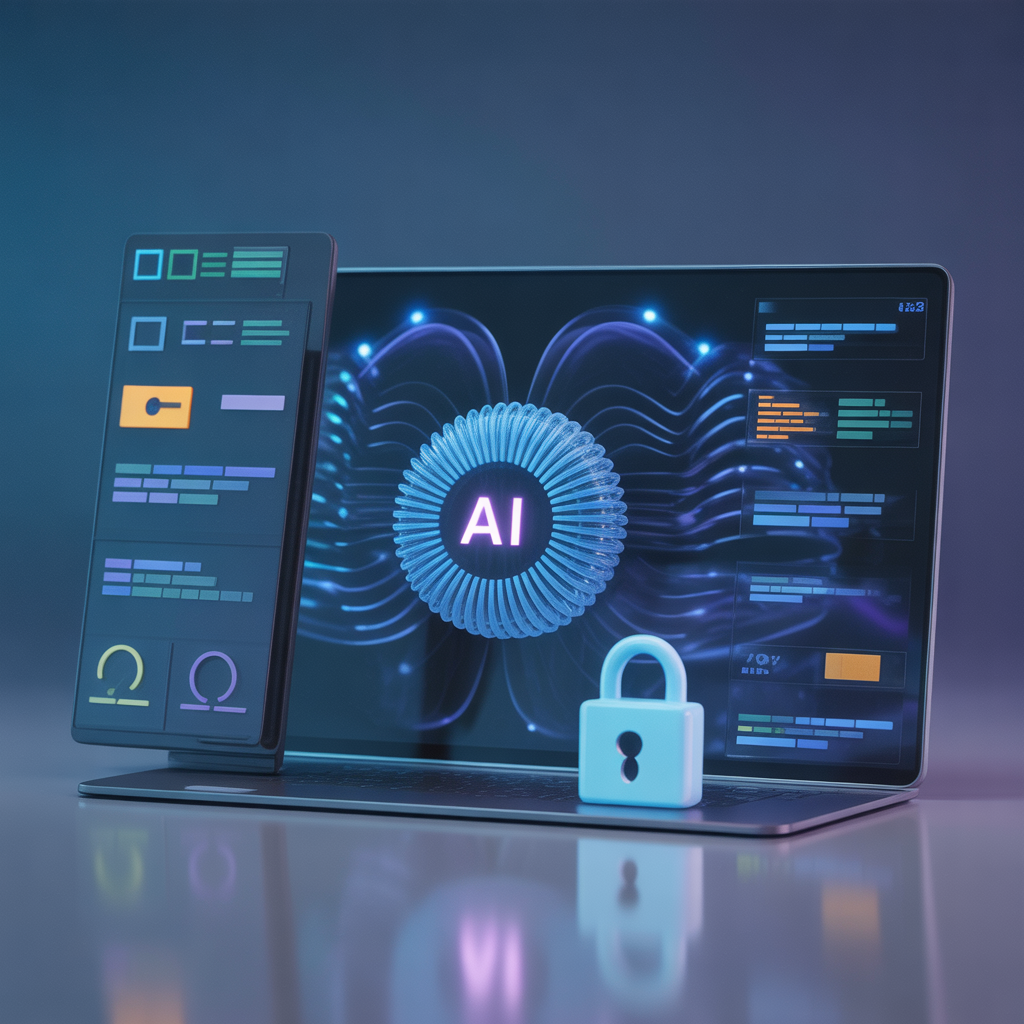AI-Driven Development: Groundcover’s MCP Server Enhances Reliability and Security

Imagine coding with an AI assistant that not only understands your intent but also grasps the real-time state of your production environment. Groundcover’s MCP Server is making this a reality by revolutionizing AI-driven development with enhanced reliability and top-tier security. In this deep dive, we’ll explore how this innovative technology is reshaping software creation, tackling common pitfalls, and safeguarding your systems every step of the way.
Why Context Matters in AI-Driven Development
AI tools have become indispensable for developers, promising faster coding and creative problem-solving. However, without the right context, even the smartest AI can stumble, producing code that doesn’t align with your system’s reality. This is where AI-driven development meets its biggest hurdle—and where Groundcover steps in with a game-changing solution.
Groundcover’s Model Context Protocol (MCP) Server integrates seamlessly with your observability data, feeding AI models live insights about your infrastructure. This isn’t just a nice-to-have; it’s a necessity for cutting through the noise of inaccurate code suggestions. Let’s unpack the core issues this addresses.
Overcoming Hallucinations in AI-Generated Code
Have you ever trusted an AI tool only to find its code riddled with outdated references or security flaws? Known as “hallucinations,” these errors stem from models relying on static training data rather than current system states. Groundcover’s telemetry reveals that 42% of AI-generated code needs fixes when it lacks real-world context [16].
The MCP Server counters this by grounding AI outputs in reality. It connects directly to your production environment, pulling in error rates, resource usage, and more. The result? Code that’s not just clever but actually workable.
How Groundcover Delivers Context-Aware AI Support
Picture an AI assistant that knows your app’s bottlenecks before you do. By syncing with popular tools like Cursor and GitHub Copilot, Groundcover’s MCP Server equips these platforms with:
- Live error logs straight from your production systems [19].
- Detailed metrics on microservice performance [16].
- Security compliance statuses to avoid risky suggestions [14].
This isn’t about overloading AI with data; it’s about giving it the right data at the right time. Teams using this setup report fewer revisions and more confidence in their deployments. Have you noticed similar gaps in your AI tools?
The Tech Behind Groundcover’s MCP Server
At its core, Groundcover’s solution isn’t just software—it’s an architectural marvel tailored for AI-driven development. Leveraging cutting-edge technologies, the MCP Server ensures that data flows securely and efficiently. Let’s break down the key innovations powering this platform.
eBPF: Real-Time Insights with Zero Overhead
Ever wished for monitoring that doesn’t slow your systems down? Groundcover employs eBPF technology, a kernel-level tool that captures telemetry without invasive code changes [17]. It’s like having X-ray vision into your containers and services.
This approach offers nanosecond-precision traces and auto-discovers dependencies across your infrastructure. For developers, this means AI suggestions are based on the freshest, most accurate data possible. It’s a silent but powerful foundation for reliability.
BYOC Model: Keeping Data Secure and Close
Security isn’t an afterthought with Groundcover—it’s baked into the design. Their Bring-Your-Own-Cloud (BYOC) architecture lets you keep sensitive data within your own infrastructure while still enjoying SaaS benefits [10]. Think of it as having full control without sacrificing convenience.
With features like on-premises storage meeting FIPS 140-2 standards and seamless SSO integration via OIDC/SAML, your data stays isolated and protected [14]. Plus, end-to-end encryption ensures every MCP interaction is locked tight [2]. Can your current setup match this level of isolation?
Tool Integration: Bridging AI and Observability
Groundcover doesn’t operate in a silo. Its MCP Server connects effortlessly with leading AI coding platforms, ensuring that tools like GitHub Copilot don’t just guess but truly understand your environment. This synergy turns generic suggestions into tailored, actionable code.
For teams already using observability solutions, integration with systems like ClickHouse and Victoria Metrics means your existing data pipelines enhance AI outputs [17]. It’s a cohesive ecosystem that amplifies both developer productivity and system reliability.
Securing AI-Driven Development with Robust Protocols
Let’s be real: AI in development is powerful, but it’s also a potential security minefield. Groundcover’s MCP Server tackles these risks head-on with a multi-layered approach to protection. Here’s how it fortifies your workflow.
Zero Trust: No Assumptions, Only Verification
In a world where breaches are a when, not an if, Groundcover adopts Zero Trust principles for all AI interactions [2]. This means every access request, even from AI agents, is verified with Just-in-Time credentials. It’s a strict bouncer at the club door—nobody gets in without a pass.
The platform also watches for odd behavior, flagging potential prompt injections or unauthorized access attempts. Automated secret redaction in generated code further minimizes exposure [11]. This relentless focus on verification keeps your systems safe without slowing you down.
Encryption and Access Control at Every Level
From data in transit to data at rest, Groundcover ensures everything is encrypted end-to-end. Role-Based Access Control (RBAC) lets you define who sees what, while OAuth and API keys add another layer of authentication [14]. It’s like a vault with multiple locks—good luck getting in without clearance.
Audit logs track every interaction, giving security teams full visibility into AI-driven actions. This granular control helps meet compliance demands, whether it’s GDPR or internal policies [18]. How does your current setup stack up?
Proactive Threat Detection Around the Clock
Groundcover doesn’t wait for trouble—it hunts for it. The MCP Server’s observability pipeline analyzes API security, scans for container vulnerabilities, and baselines network traffic to spot anomalies [6][16]. It’s like having a security guard who never sleeps.
For developers, this means you’re alerted to risks before they escalate. Imagine catching a misconfiguration during code review rather than post-breach. That’s the kind of preemptive protection Groundcover delivers.
Redefining the Software Development Lifecycle
AI isn’t just about writing code faster; it’s about reshaping how we build software from start to finish. With Groundcover’s MCP Server, every phase of development—generation, testing, deployment, and monitoring—gets a reliability boost. Let’s see this in action.
From First Line to Production Success
Start with code generation: AI tools powered by MCP data suggest solutions aligned with your live systems. Then, during testing, real-time metrics highlight potential performance issues before they hit production [19]. It’s a smoother path from ideation to deployment.
Post-launch, continuous monitoring ensures anomalies are caught early. Early adopters report a 68% drop in hotfixes after deployment thanks to this integrated approach [8]. Could your team benefit from fewer firefighting moments?
Real Impact: Stories from the Field
Take Twilio, for instance. By integrating Groundcover’s MCP Server, they slashed AI-generated code defects by 73% while keeping response times under a second [8]. That’s not just a win—it’s a transformation.
Similarly, Endor Labs leverages MCP for security fixes, automating CVE patch recommendations and compliance checks [11]. These real-world cases show how observability-driven AI can elevate both speed and safety. What challenges are slowing your team down right now?
Let’s not sugarcoat it—adopting AI-driven development with tools like MCP Server comes with hurdles. Groundcover addresses many, but some considerations remain for organizations to tackle. Here’s what to keep in mind as you integrate this tech.
Balancing Costs and PerformanceTrade-Offs
Feeding rich context to AI models can bump up cloud costs by 27-35%, especially with large-scale deployments [8]. There’s also the overhead of caching and processing real-time data. It’s a trade-off between richer insights and tighter budgets.
The solution? Start small with pilot projects, measure ROI, and scale strategically. Groundcover’s flexible architecture helps by letting you control where data lives, potentially offsetting some expenses [17].
Adapting Teams to New Processes
Technology is only half the battle—people are the other. Training staff on MCP-augmented workflows and hybrid architectures for legacy systems takes time and effort [12]. Resistance to change can slow adoption.
I’ve seen teams overcome this by pairing hands-on workshops with gradual rollouts. Focus on showing devs how much easier their day-to-day gets with context-aware AI. Small wins build momentum for bigger shifts.
Looking Ahead: The Future of AI-Driven Development
The landscape of software creation is evolving fast, and Groundcover is already planning for what’s next. Their vision for AI-driven development includes smarter, more adaptive tools. Let’s peek at the horizon.
Tackling Tomorrow’s AI Challenges
Preparing data for next-gen LLMs is a priority, with predictive scaling using advanced algorithms like LSTM networks on the roadmap [7]. Automated compliance documentation is also in the works, easing regulatory burdens [18]. These innovations aim to keep developers ahead of complexity.
Groundcover is also exploring federated learning to enhance security pattern recognition across distributed environments [15]. It’s about making AI not just reactive but proactive. What future AI features would most help your team?
Expanding the MCP Ecosystem
Expect deeper integrations with more development and observability tools as Groundcover grows its ecosystem. The goal is a seamless experience where AI, security, and performance monitoring feel like a single, unified process. This could redefine how we think about building software.
Staying open to community feedback, as seen in their collaboration with industry standards like Anthropic’s MCP guidelines, ensures they’re building for real needs [2]. It’s a future worth watching—and being part of.
Conclusion: A New Era for Developers
Groundcover’s MCP Server isn’t just a tool; it’s a turning point for AI-driven development. By weaving real-time observability with ironclad security, it empowers teams to harness AI’s potential without the usual risks. From cutting down defects to fortifying systems against threats, this platform is setting a new standard for reliability.
I’m curious—what’s your take on integrating AI into your development process? Drop a comment below with your thoughts, share this post if it resonated, or dive deeper into Groundcover’s capabilities through their official documentation. Let’s keep this conversation going!
References
Below are the sources cited throughout this article for further reading and verification:
- [2] “Securing AI’s New Frontier: The Power of Open Collaboration on MCP Security,” OWASP GenAI, https://genai.owasp.org
- [6] “Security Risks of AI in Software Development: What You Need to Know,” OpsMx, https://www.opsmx.com
- [7] “Enhancing Predictive Models with AI,” MDPI, https://www.mdpi.com
- [8] “Twilio Alpha MCP Server: Real-World Performance,” Twilio Blog, https://www.twilio.com
- [10] “Groundcover’s New MCP Server Makes AI-Driven Development More Reliable & Secure,” TechTimes, https://www.techtimes.com
- [11] “Fix-First Security for the Vibe Coding Era,” Endor Labs, https://www.endorlabs.com
- [12] “Before and After MCP: The Evolution of AI Tool Integration,” Dev.to, https://dev.to
- [14] “Security Considerations,” Groundcover Documentation, https://docs.groundcover.com
- [15] “Cato CTRL: Exploiting Model Context Protocol (MCP),” Cato Networks Blog, https://www.catonetworks.com
- [16] “Application Performance Monitoring (APM) Metrics,” Groundcover Documentation, https://docs.groundcover.com
- [17] “Groundcover MCP Overview,” Groundcover Documentation, https://docs.groundcover.com
- [18] “Physical Protection Requirement for CMMC Compliance,” Kiteworks, https://www.kiteworks.com
- [19] “Log Patterns and Insights,” Groundcover Blog, https://www.groundcover.com



